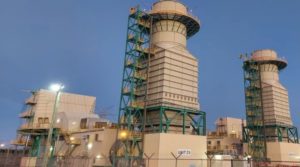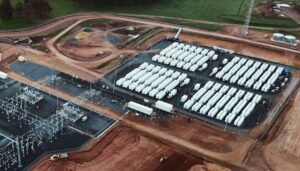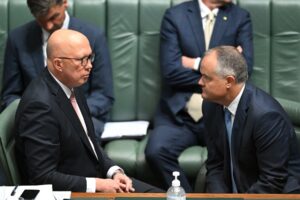Electricity consumers in Queensland are the first in Australia to get a glimpse of the impact that the rising cost of gas will have on their electricity bills. In 2014/15, the rising cost of gas caused by the LNG boom in central Queensland is expected to be the single biggest cause of rising electricity costs.
Of course, the rising cost of gas – and the deflationary impact of renewables – is not a line that is deployed by the Queensland government or their media admirers in explaining away the increased bills.
In fact, gas is not even mentioned in the Queensland Competition Authority’s Summary of the basic “facts” on rising bills – yet wholesale electricity costs will push up household bills by a $68 a year – one-third of the overall project rise in retail bills.
But in the deeper document, there it is. The rising cost of fossil fuels, particularly gas, and the tightening of demand caused by increased load from LNG plants is likely to cause wholesale prices (not including the carbon price) to jump by more than 28 per cent in the coming year. Some gas-fired generators will experience a 40 per cent rise in fuel costs in the next year alone, ACIL Tasman estimates. The industry expects further rises in following years as more LNG plants come on-stream and increase their output.
As the QCA itself notes, the overall increase in the wholesale price component would have been higher were it not for the reduced cost of renewable energy scheme. There is also the impact of renewable energy in reducing wholesale prices (that is because renewables have no fuel costs, therefore a zero marginal cost of production).
This impact is not new – it’s called the merit order effect – but it is one that the renewable energy industry needs to deploy more vigorously to defend their position in the upcoming review of the Renewable Energy Target.
The Clean Energy Council has seized the opportunity, describing the QCA’s findings as a “stark reminder” of the benefits to consumers of moving toward renewable energy.
“This is just the beginning,” warned CEC chief Kane Thornton. “While the royalties from gas exports will be a boon to the Queensland economy in some ways, the flipside is increased power costs that affect everyone. In contrast, renewable energy has been steadily falling in price and a small cost now will help to protect us from volatile fuel prices in the long term,” he said.
Retail and industrial consumers are not the only ones likely to be impacted by the soaring cost of gas. It is also likely to sideline gas-generators because they will be priced out of the market.
At a conference in October in Sydney, Origin Energy’s head of energy markets, Frank Calabria, told the audience that rising gas prices would mean that baseload gas generation would no longer be a viable investment.
“Gas will be pushed out of the market,” he said. “There is so much supply that that that will occur with or without renewables in the market.”
Energy Australia had a similar take. At a difference conference it noted that the days of cheap gas were over, and the gas price could likely double or treble in coming years. It noted that the Tallawarra gas plant in NSW, one of the most efficient in Australia, would have to move to a peaking generator rather than a mostly baseload generator, because that is the only time that it could operate at a profit. It has effectively put 1,500MW of potential gas projects in Queensland on hold – because of reduced demand and rising gas prices.
Which underlines the point, made by the likes of Citigroup and others, that the future of gas-fired generation is most likely tied to the successful and widespread deployment of renewables.










